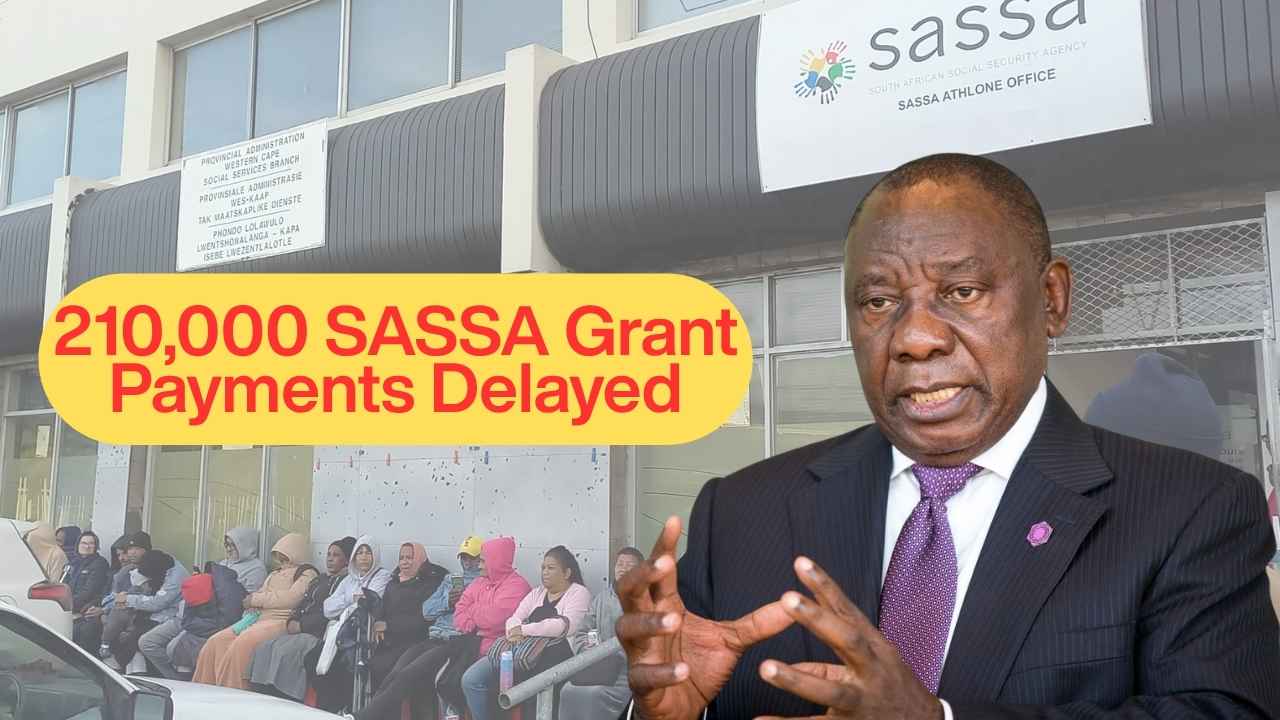The Unique Identification Authority of India (UIDAI) has announced a fresh set of Aadhaar Updation Rules, set to roll out from November 2025. Major changes include revised document requirements, mandatory biometric re-verification for specific age groups, and improved digital access for self-updates. UIDAI’s goal is to enhance data accuracy, protect privacy, and make the system more user-friendly—especially for rural residents, senior citizens, and those with limited access to enrolment centres. This article covers all the key updates and how you can prepare.
Aadhaar Updation New Rules Rollout from Nov 2025
The Unique Identification Authority of India (UIDAI) announced to implement new Aadhaar updation rules from November 2025. These updated guidelines are designed to simplify the update process, speed up verification, and provide more user-friendly digital access. As the demand for secure and reliable digital identity grows, these changes aim to make Aadhaar more efficient, future-ready, and responsive to the difficulties users face while updating their personal information.
These changes will apply to all Aadhaar holders, including students, working professionals, homemakers, and senior citizens. From simplified document submission to better biometric verification and online self-service features, the new rules will streamline the entire updation experience. Whether you need to update your address, phone number, or biometric data, being aware of these new guidelines will help you avoid delays and ensure uninterrupted access to essential government and banking services.
Why Aadhaar Update Rules Are Changing in 2025?
Over the years, Aadhaar has become the backbone of identity verification in India. It’s used for bank accounts, SIM cards, government subsidies, and more. With over a billion users, UIDAI regularly updates policies to ensure the system remains secure, efficient, and inclusive.
From November 2025, the Aadhaar update system is getting a big upgrade to reduce fraud, improve accuracy, and offer more user-friendly options.
Key Highlights of the New Aadhaar Update Rules
Here are the major changes that will come into effect from November 2025:
- Mandatory Document Re-Verification Every 10 Years UIDAI will now require Aadhaar holders to re-verify their identity proof and address proof every 10 years from the date of Aadhaar generation. This ensures records remain accurate and up to date.
- Free Aadhaar Update Window Ends Until now, UIDAI was offering free document updates for a limited time. Starting November 2025, all demographic updates—such as name, address, or gender—will have a standard fee of ₹50 per update, applicable across both online and offline modes.
- Simplified Online Update Process via Face Authentication A new feature is being introduced where users can authenticate their identity using facial recognition via the Aadhaar mobile app, eliminating the need for OTP or biometrics in some cases.
- Digital Aadhaar Wallet Integration Your Aadhaar card will now be easily accessible in a new secure ‘Digital Aadhaar Wallet’, which can be synced with DigiLocker and other official platforms.
How to Update Aadhaar Under the New Rules?
Updating your Aadhaar will remain simple, but a few steps will change:
Online Method:-
- Log in to uidai.gov.in using your Aadhaar number and OTP.
- Choose the update option.
- Upload the new proof documents (e.g., passport, utility bills, etc.).
- Pay the ₹50 update fee.
- Submit and track status.
Offline Method:-
- Visit the nearest Aadhaar Seva Kendra or post office with original documents.
- Fill out the Aadhaar update form.
- Provide biometric authentication.
- Pay the ₹50 fee.
- Collect the acknowledgment slip for tracking.
Documents Needed for Aadhaar Update in 2025
- To comply with the new rules, you may need these documents depending on the update you want to make:
- Proof of Identity: PAN card, Passport, Voter ID, etc.
- Proof of Address: Electricity bill, Water bill, Bank passbook, Rental agreement, etc.
- Date of Birth Proof: Birth certificate, School certificate, PAN card.
- UIDAI will publish an updated list of valid documents, so make sure to double-check before applying.
Who Needs to Update Their Aadhaar?
While the new rules apply to all Aadhaar cardholders, the following groups must be more alert:
- People who got Aadhaar before 2015
- Those who changed address recently
- Elderly users or children turning 15
- People facing issues with authentication
- If you fall into these categories, it’s recommended to update your Aadhaar early to avoid delays later.
What Happens If You Don’t Update Your Aadhaar?
- Failing to update your Aadhaar as per the new norms could lead to:
- Authentication failures during government services
- Inability to update your mobile or bank details
- Delay in receiving benefits like LPG subsidy, scholarships, etc.
- While your Aadhaar number remains valid, services linked to it may be restricted until updates are completed.
How This Update Affects the Common Man?
- These new rules may feel like a hassle, but they bring long-term benefits:
- Improved security and fewer chances of identity theft
- Smooth authentication during services like KYC, banking, and e-governance
- Faster online updates with facial recognition
UIDAI is focusing on a citizen-first approach, and this is part of making Aadhaar more reliable and adaptive to changing technologies.
November 2025 Aadhaar Rules: Stay Updated, Stay Empowered
The Aadhaar Updation New Rules rolling out from November 2025 mark a major shift in how India manages its digital identity system. If you keep your documents ready, understand the changes, and act in time, the transition will be smooth and beneficial.
Start preparing now—don’t wait until the last minute. In a country as large and dynamic as India, Aadhaar is more than just an ID—it’s your digital gateway to essential services. Stay updated and stay connected.










